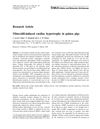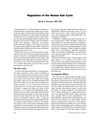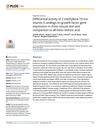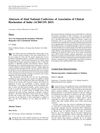Inhalation Therapy for Repairing Damaged Elastin Fibers and Decelerating Elastinolysis in Chronic Obstructive Pulmonary Disease
March 2018
in “
Expert Review of Respiratory Medicine
”
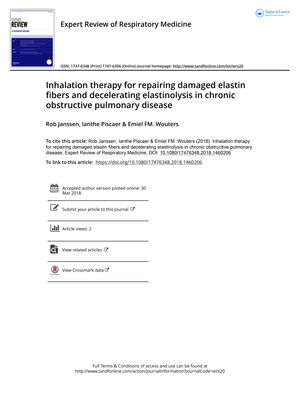
TLDR Inhalation therapy may repair and protect elastin in the lungs of COPD patients.
The document from April 2, 2018, explores the potential of inhalation therapy to repair damaged elastin fibers and slow down their degradation in patients with Chronic Obstructive Pulmonary Disease (COPD). It suggests that a combination of compounds, including copper, polyphenols, vitamins, magnesium, heparin, minoxidil, and AGEs-inhibitors, could stimulate elastin synthesis, assembly, and crosslinking, potentially improving lung function. The document also discusses the negative impact of high doses of vitamin D on lung function and the positive effects of nebulized heparin and pentagalloyl glucose (PGG) on lung function and elastin deposition, respectively. It proposes that inhalation therapy could be more effective and have fewer side effects than oral administration. The document includes a case report and a pilot study, with the latter showing improved FEV₁ and exercise tolerance in COPD patients after nebulized heparin treatment. The authors call for further animal and human studies to test the feasibility of this approach.

